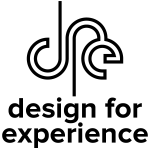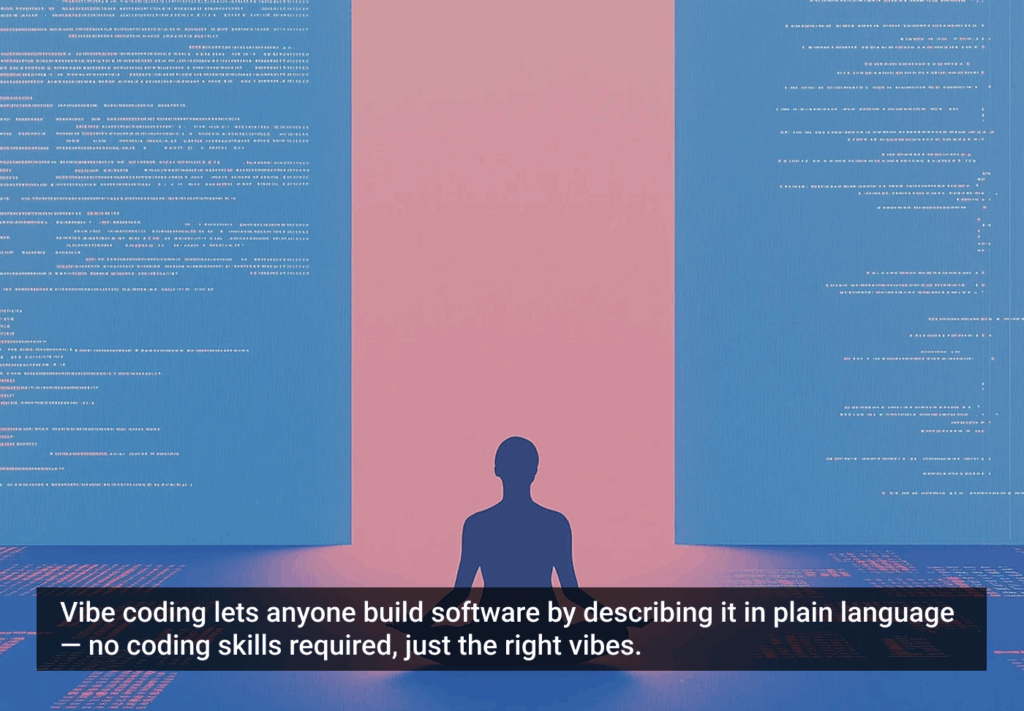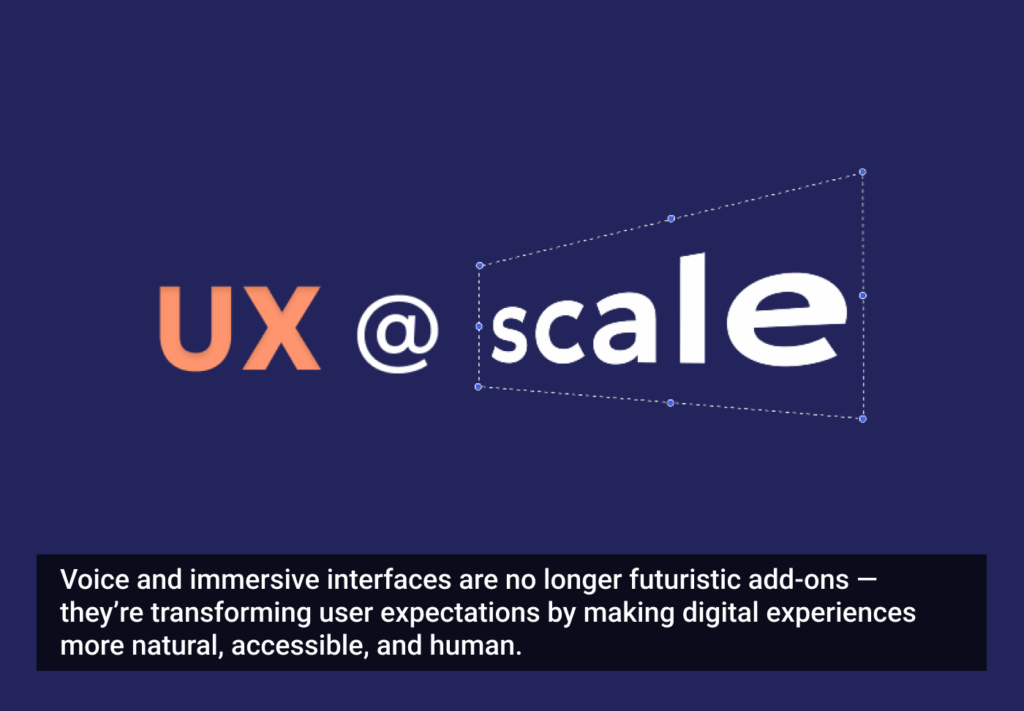The employment marketplace for experience-oriented pracitioners is fiercely competitive. Researchers, designers, and developers are in high demand, and agencies and companies have to go above and beyond to attract, retain, and motivate the talent necessary for building exceptional digital experiences.
Different companies go about this in different ways. Citrix, a multinational cloud company that enables mobile workstyles, uses spacial design to engender collaboration. Their flagship, 2,500-square-foot studio has glass walls for maximum transparency, positioned next to the executive boardroom. Here, you’ll find fewer tall dark gray cubicles and offices, and more wide open seating where communal spaces afford spontaneous and random interactions between employees in different departments.
“I’ve led the creation and propagation of a philosophy we call Three in a Box,” says Uday Gajendar, Principal Product Designer, Customer Experience. “[For this] we require Design, Engineering, and Business to all be together when defining and executing a project from initial concept to final customer delivery and follow-through.
Citrix also hosts book clubs, design salons, and “Wine & Design” evening events with guest speakers sharing ideas on teamwork and UX. Befitting of a company renowned for mobile solutions, they aslo encourage remote teams to turn on webcams when doing GoTOMeeting calls. “This gets people seeing each other,” Gajendar notes, “nothing like facial expressions to convey commitment.”
In their popular article from earlier this year, Hiring the Right Designer,” Alexa Curtis and John Payne of the New York firm Moment describe the environment they’ve created and how they ensure that the right designers are in place.
“We actively seek designers from varied backgrounds to enrich our way of thinking about the work we do,” they explain. “Our 40-person group includes people from all over the country and the world, representing myriad academic areas, from international relations to psychology to studio art to the more obvious industrial and graphic design. The best work happens when you bring all these bright and opinionated people together to work on solving client problems.”
[google_ad:WITHINARTICLE_1_234X60_ALL]
Curtis and Payne have worked to cultivate a collaborative atosphere where designers critique and evaluate openly, putting an emphasis on storytelling. “We hire to add the right people to the firm,” they conclude. “After ten years, every new addition to the firm brings something surprising, something special, and something that makes Moment better than we were before.”
At the headquarters for global retailer Nordstrom, the UX team has a home base in a centralized, open space with low walls and lots of whiteboards for spontaneous collaboration. “This set up allows the designers to partner up and discuss their designs with their peers and leaders to obtain feedback,” Lara Modisette, a corporate recruiter for the company says.
“When not at their UX home, the designers are ‘hoteling’ or embedding with the development groups they support. This allows our UX designers to collaborate closely with the technical teams earlier in the design process and throughout the development processes. Currently, the embedded designers spend about 60-70% of their time with their squads and the rest of their time back at home base.”
Measures are also taken to ensure that designers feel supported by their leadership and team, with managers conducting weekly one-on-ones with each designer talking about any blocking issues and learning opportunities. “We also encourage participation in activities like daily team stand up, war room, cross-team design activities, and all-team meetings,” Modisette says. “These activities are social by default and they enable collaboration and camaraderie among team members. It also gets designers in the habit of sharing information, which builds trust and open communication among the team.”
There is no best way for keeping experience design practitioners invigorated and satisfied, and the DfE Work Environment for Digital Practitioners award recognizes agencies and companies that have created unique and outstanding work environments that foster productivity while keeping turnover low and retention strong.
If you can think of an agency or company that provides a great place for experience designers to thrive, nominate them now! If you work in an environment that brings out your professional best, apply for this award.
Image of creative workspace courtesy Shutterstock








